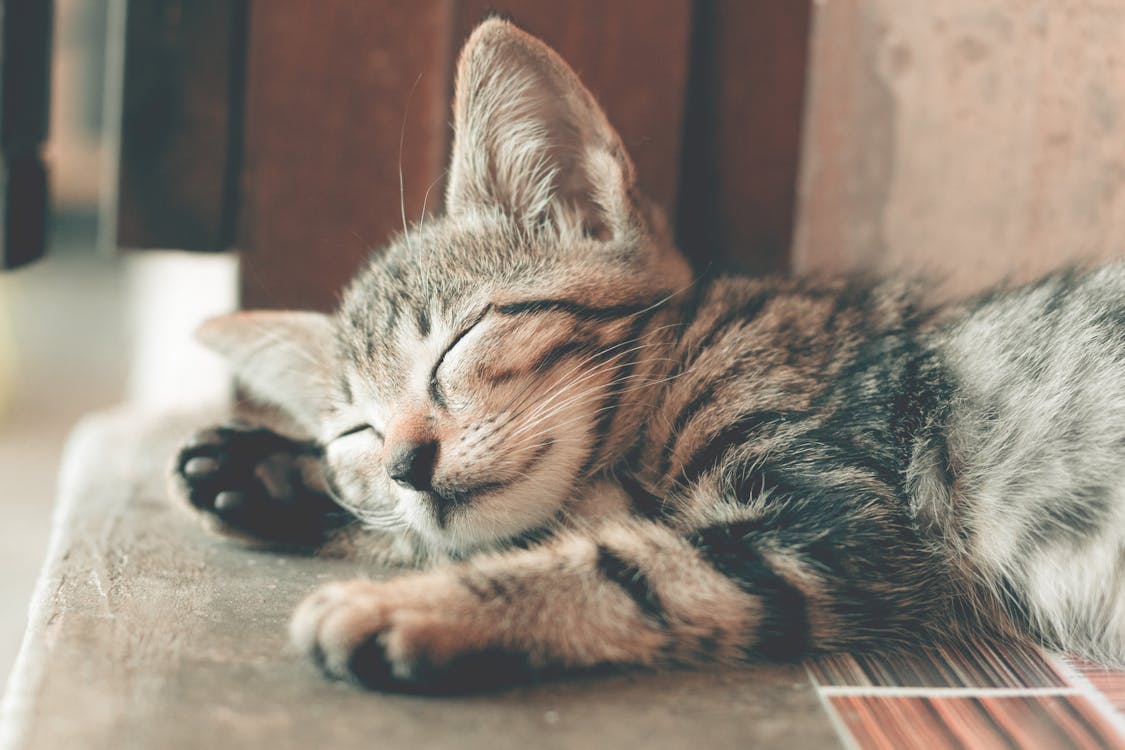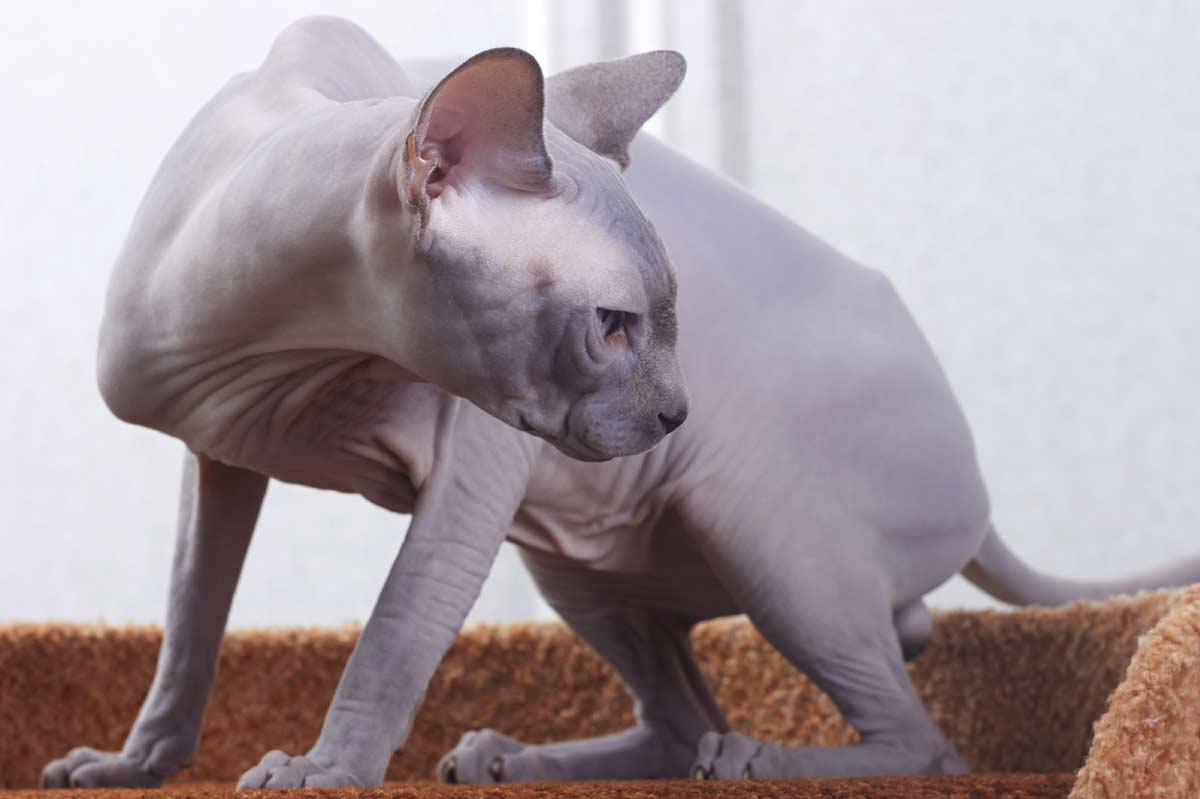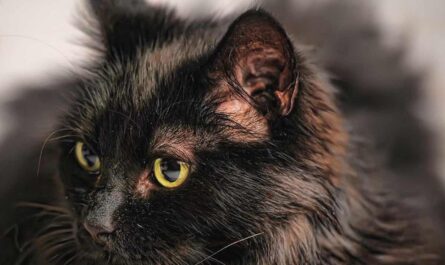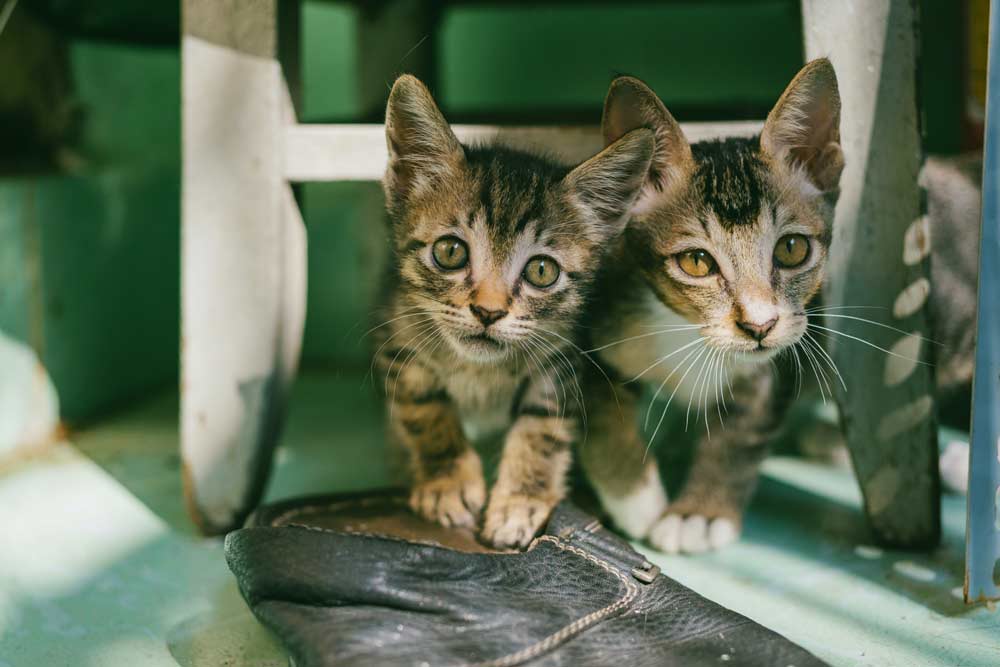How to tell if my cat is in pain after surgery? Cats, being adept at concealing discomfort, often present a challenge when it comes to identifying signs of post-surgery pain. Subtle behavioral changes may manifest, such as altered grooming habits, decreased appetite, or a reluctance to move. Observing these nuanced cues requires a keen eye and attentive observation. Noticeable shifts in demeanor, like increased vocalization or hiding, may indicate your feline friend is grappling with pain.
Some general information about signs of pain in cats
Behavioral changes:
- Decreased activity or hiding
- Aggression or hissing when touched
- Vocalization, including meowing or howling
- Changes in litter box habits (urinating outside the box, straining to urinate)
- Poor appetite or weight loss
Physical changes:
- Dilated pupils
- Flattened ears
- Hunched posture
- Difficulty jumping or climbing
- Licking or excessive grooming at the incision site
How to tell if my cat is in pain after surgery
The post-surgery period demands diligent attention to your cat’s well-being. Recognizing subtle signs of pain, monitoring behavioral changes, and implementing thoughtful strategies contribute to a smoother recovery. From creating a comfortable environment to collaborating with your veterinarian, each step plays a crucial role in ensuring your feline friend’s post-surgery journey is marked by comfort, care, and a swift return to their vibrant self.
It is preferable to leave assessing a cat’s suffering to experts. If you think your cat is in discomfort following surgery, you should speak with your veterinarian right once. Their recuperation and general well-being can be greatly enhanced by early intervention.
1. Monitoring Behavioral Changes in Post-Surgery Felines
After a surgical procedure, vigilant monitoring of your cat’s behavior is paramount. An observant caretaker should be attuned to alterations in your cat’s routine activities, litter box habits, and overall demeanor. Restlessness, lethargy, or a reluctance to engage in usual playful behaviors may signify discomfort. Cats often mask their pain, but a discerning eye can unveil subtle shifts in their normal behavior, offering valuable insights into their well-being.
2. Examining Physical Cues and Body Language
While verbal cues may be limited, cats express pain through their body language. Observing how your cat moves, sits or avoids certain postures can provide vital clues. Guarding specific body parts, such as licking or avoiding an incision site, may indicate localized pain. Similarly, a hunched posture, reluctance to be touched, or a fluffed-up coat may suggest generalized discomfort. Scrutinizing these nuanced physical cues enhances your ability to detect signs of pain that may otherwise go unnoticed.
3. Assessing Vital Signs for Indications of Discomfort
Monitoring your cat’s vital signs, including body temperature, heart rate, and respiratory rate, can provide valuable information about their post-surgery well-being. Any notable deviations from the baseline should prompt further investigation. An elevated heart rate or irregular breathing may signify pain or stress. Regularly checking these vital signs empowers you to identify potential issues promptly, enabling a proactive approach to your cat’s recovery.
4. Being Mindful of Vocalizations and Communication
Cats communicate distress through vocalizations and post-surgery, these cues become more pronounced. Paying close attention to the type and frequency of vocalizations can offer insights into your cat’s level of discomfort. Increased meowing, growling, or hissing may indicate pain. Conversely, a cat that becomes unusually quiet and withdrawn may also be signaling distress. Understanding your cat’s unique vocal cues enhances your ability to interpret their emotional and physical state accurately.
5. Promoting Comfort with Appropriate Rest and Shelter
Creating a conducive environment for recovery is essential in alleviating post-surgery discomfort for your cat. Offering a quiet, warm, and secluded space ensures they can rest undisturbed. Providing a cozy bed or blanket, away from high-traffic areas, allows your feline friend to recover without unnecessary stressors. Minimizing disturbances and offering a secure haven promotes a sense of security, aiding in the overall well-being of your post-surgery cat.
6. Utilizing Pain Medications Under Veterinary Guidance
Administering pain medications as prescribed by your veterinarian is a crucial aspect of post-surgery care. These medications, tailored to your cat’s specific needs, alleviate pain and promote a more comfortable recovery. Strict adherence to the prescribed dosage and schedule is imperative. Regular communication with your veterinarian ensures any necessary adjustments to the medication plan can be made, optimizing pain management for your cat. How AI, ChatGPT maximizes earnings of many people in minutes
7. Noting Changes in Appetite and Drinking Habits
A cat’s eating and drinking habits serve as crucial indicators of their well-being. Post-surgery, alterations in appetite or a decline in water consumption may be indicative of pain or discomfort. Monitoring food intake, as well as noting any aversions to certain textures or types of food, can offer valuable insights. Maintaining a detailed log of your cat’s dietary patterns aids in tracking changes, and facilitating early detection of potential issues.

8. Vigilance Regarding Changes in Elimination Patterns
A cat’s litter box habits are an often overlooked yet revealing aspect of their health. Post-surgery, changes in litter box behavior, such as increased or decreased frequency of urination, straining, or vocalizing during elimination, may signal discomfort. A meticulous observation of these subtle shifts ensures timely intervention, preventing potential complications and promoting a smoother recovery for your feline companion. Motivation – Mind – Success – Thinking – Productivity – Happiness
9. Employing Comfortable and Supportive Bedding
Choosing appropriate bedding for your recovering cat contributes significantly to their comfort. Opt for soft, easily washable materials that provide ample cushioning. Ensuring the bedding is free of rough seams or discomfort-inducing textures prevents additional stress on healing incisions. A well-padded and supportive bed aids in minimizing pressure on sensitive areas, facilitating a smoother recovery process for your feline companion.
10. Implementing Gentle Physical Therapy Techniques
Incorporating gentle physical therapy techniques, under veterinary guidance, can aid in your cat’s post-surgery recovery. Gradual and controlled exercises, such as passive range of motion movements, help maintain joint flexibility and prevent stiffness. These exercises, when performed with care, contribute to improved circulation and muscle tone. Always consult your veterinarian before initiating any physical therapy, ensuring the techniques employed are tailored to your cat’s specific needs and recovery stage. Business – Money Making – Marketing – E-commerce
11. Offering Tempting and Nutrient-Rich Treats
Encouraging your cat to eat by providing tempting and nutrient-rich treats can be a useful strategy in post-surgery care. Consult with your veterinarian to identify suitable treats that align with your cat’s dietary requirements and recovery needs. Using treats to create positive associations with food can motivate your cat to maintain a healthy appetite. This approach not only aids in their nutritional intake but also contributes to their overall well-being during the recovery period.
12. Ensuring Adequate Hydration for Optimal Recovery
Maintaining proper hydration is pivotal for a swift and smooth recovery. Encourage your cat to drink water by providing fresh and clean water in easily accessible bowls. Some cats may prefer running water, and investing in a cat water fountain can be an enticing option. Monitoring water intake ensures your cat remains adequately hydrated, supporting their overall well-being and aiding in the healing process. Health books, guides, exercises, habits, Diets, and more
13. Facilitating Gentle Grooming to Prevent Discomfort
Grooming is a vital aspect of post-surgery care, but it should be approached with gentleness and sensitivity. Brushing your cat’s fur with soft and non-abrasive brushes prevents matting and promotes circulation. However, avoid the surgical site and any areas causing discomfort. Regular but gentle grooming sessions maintain your cat’s hygiene without inducing additional stress or pain, contributing to their overall comfort during the recovery period.
14. Maintaining a Quiet and Calm Environment
A serene environment is instrumental in fostering your cat’s recovery after surgery. Minimize loud noises, abrupt movements, or the presence of other pets that may cause stress. Creating a calm atmosphere supports your cat’s mental well-being, reducing anxiety and promoting a faster healing process. Consistent efforts to maintain a quiet environment contribute significantly to your cat’s overall comfort and recovery. Fitness – Meditation – Diet – Weight Loss – Healthy Living – Yoga
15. Seeking Veterinary Guidance for Persistent Signs of Discomfort
Persistent signs of discomfort or any concerning changes in your cat’s post-surgery condition warrant prompt veterinary attention. If behavioral or physical cues persist or worsen despite your best efforts, consulting your veterinarian is essential. They can conduct a thorough examination, adjust the treatment plan, or explore additional interventions to address any underlying issues hindering your cat’s recovery. Early and proactive veterinary involvement is crucial in ensuring the best possible outcome for your feline companion. RPM 3.0 – 60% CONVERSION & Money for Affiliate Marketing
16. Encouraging Gradual Reintroduction to Normal Activities
As your cat progresses in their recovery, a gradual reintroduction to normal activities is key. Monitor their response to increased movement and play, ensuring they exhibit comfort and enjoyment. However, be cautious not to push too quickly, allowing your cat to dictate the pace of their return to regular activities. Gradual reintroduction aids in preventing setbacks and ensures a smoother transition to their pre-surgery lifestyle.
17. Fostering Emotional Support and Bonding
Emotional support plays a pivotal role in your cat’s post-surgery recovery journey. Spending quality time with your feline companion, offering gentle affection, and engaging in activities they enjoy can significantly contribute to their emotional well-being. Building a supportive and reassuring bond with your cat fosters a sense of security, further enhancing their overall comfort during the recovery period. Cat accessories on Amazon
Remember: Each cat is unique in how they feel pain, and this list is not all-inclusive. Following surgery, if you observe any unsettling changes in your cat’s behavior or physical state, please get in touch with your veterinarian right away so that they can properly diagnose and treat the issue.
Other Interesting Articles
- How to Stop A Cat from Spraying after Neutering: 11 Tips
- How to Tell if A Cat is in Pain from Arthritis: How to Help
- 14 Reasons Why Is My Cat Making Weird Purring Noises
- How to Take Care of A Kitten without A Mother: 21 Tips
- What Is Caterwauling? 10 Most Common Reasons Cats Do It
- How to Introduce A Cat To A New Home When Moving?
- Cat Declawing: Tips, FAQs, Health, Alternatives, Pros, Cons
- New Cat? 20 Common Warning Signs When Introducing Cats
- 23 Sure Signs Your Cat May Be in Pain and How to Help It
- How to Stop A Neutered Cat From Spraying: 15 Simple Tips
- 12 Signs Your Cat May Require a Feline Companion
- Feline Pheromones: 12 Ways Calming Cat Pheromones Work
- Do Cats Feel Lonely without Other Cats? 6 Signs of Loneliness
- 10 Reasons Why Cats Hiss: How To Stop The Behavior
- Cat Feeding: Tips, Guide, FAQs, Chart for Kittens to Veterans
- Cat Vaccinations: Schedule, FAQs, Side Effects, and Costs
- 44 Strange, Weird, and Random Cat Behaviors Explained
- 21 Pro Tips for Fostering Kittens: Essential Care Guide
- 18 Cat Sounds Your Feline Makes: What They Mean
- Sexing Kittens: How to Tell, Determine the Sex of Your Kitten



